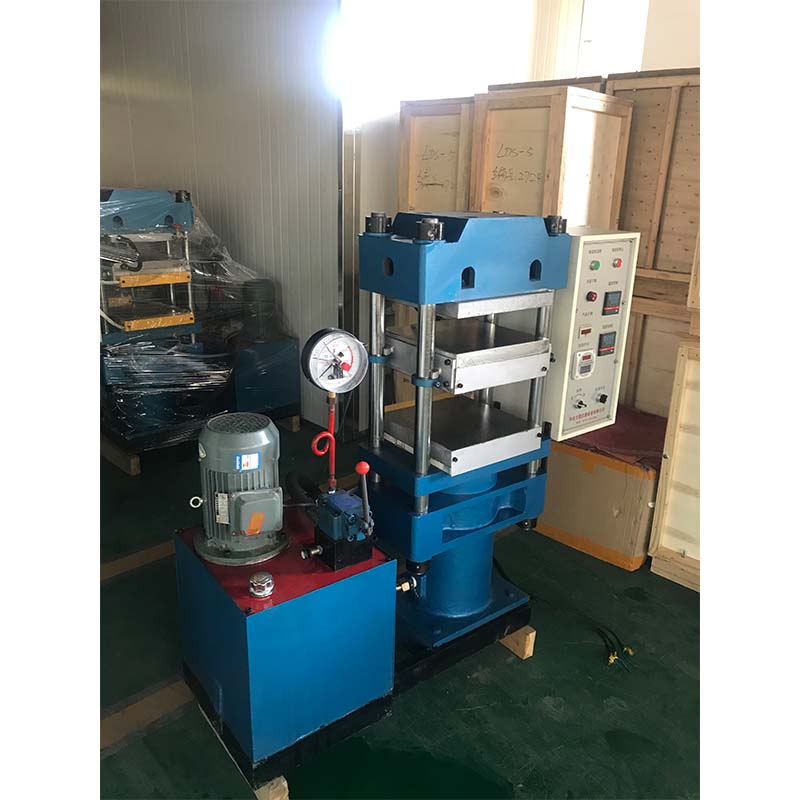tensile tests machine company
Tensile test machines play a critical role in the field of materials science and engineering. These machines are designed specifically to evaluate the tensile properties of different materials, providing essential data that informs product development and quality control across various industries. The importance of accurate tensile testing cannot be overstated, as it ensures that materials meet specific standards and can perform reliably under stress.
A tensile test machine works by applying a uniaxial tensile force to a material specimen, typically in the shape of a dog bone or a simple cylindrical sample. The machine gradually stretches the material until it reaches its breaking point. During this process, it measures crucial parameters, including elongation, yield strength, ultimate tensile strength, and reduction of area. These parameters are essential for understanding the material's behavior under load, which can vary significantly depending on the material type, composition, and manufacturing processes used.
Modern tensile test machines come equipped with advanced technology that enhances their precision and efficiency. For instance, digital displays and software integration allow for real-time monitoring and analysis of test results. This technology enables engineers and technicians to gather data quickly, ensuring that they can make informed decisions without delay. Additionally, many machines offer customizable testing standards, accommodating a wide range of materials, from metals and plastics to composites and textiles.
The versatility of tensile test machines makes them indispensable in many sectors, including aerospace, automotive, construction, and electronics. In aerospace, materials must withstand extreme conditions, such as high temperatures and pressures, while ensuring safety and performance. Engineers use tensile testing to evaluate materials for aircraft components, ensuring they can endure the stresses of flight. Similarly, in the automotive industry, tensile testing helps manufacturers select materials that enhance vehicle safety and performance, such as high-strength steels and lightweight composites.
Moreover, in construction, tensile test machines are vital for testing the properties of steel reinforcements, cables, and other materials used in structural applications. Knowing the tensile strength and elongation properties of these materials helps architects and engineers design safer buildings and infrastructure. In the electronics sector, tensile testing is essential for evaluating the mechanical properties of various components, ensuring they can operate reliably under physical stress.
tensile tests machine company

Furthermore, quality control and assurance play a significant role in why companies invest in tensile test machines. Regular testing helps manufacturers comply with industry standards and certifications, such as ASTM or ISO. This compliance not only enhances product credibility but also minimizes the risk of failures that could lead to costly recalls or safety incidents.
In recent years, the field of materials testing has experienced significant advancements. The integration of automation and robotics in tensile testing machines has improved efficiency and reproducibility. Automated systems reduce human error, speeding up the testing process while maintaining high levels of accuracy. Additionally, machine learning and data analytics allow for more extensive analysis of test results, leading to better material selection and development processes.
As industries continue to evolve, the demand for materials that can withstand higher loads and perform reliably under extreme conditions will only increase. This trend drives innovation and investment in advanced tensile test machines, ensuring that material testing keeps pace with advancements in technology and engineering.
In conclusion, tensile test machines are essential tools in materials science, providing vital information that influences the design, development, and quality assurance of various products. Their role spans multiple industries, ensuring safety, reliability, and performance through meticulous testing. As technology advances, these machines will continue to evolve, adopting new capabilities that will help engineers push the boundaries of what materials can achieve, leading to a safer and more innovative future.
-
Why the Conductor Resistance Constant Temperature Measurement Machine Redefines Precision
NewsJun.20,2025
-
Reliable Testing Starts Here: Why the High Insulation Resistance Measuring Instrument Is a Must-Have
NewsJun.20,2025
-
Flexible Cable Flexing Test Equipment: The Precision Standard for Cable Durability and Performance Testing
NewsJun.20,2025
-
Digital Measurement Projector: Precision Visualization for Modern Manufacturing
NewsJun.20,2025
-
Computer Control Electronic Tensile Tester: Precision and Power for the Modern Metal Industry
NewsJun.20,2025
-
Cable Spark Tester: Your Ultimate Insulation Assurance for Wire and Cable Testing
NewsJun.20,2025
 Copyright © 2025 Hebei Fangyuan Instrument & Equipment Co.,Ltd. All Rights Reserved. Sitemap | Privacy Policy
Copyright © 2025 Hebei Fangyuan Instrument & Equipment Co.,Ltd. All Rights Reserved. Sitemap | Privacy Policy
